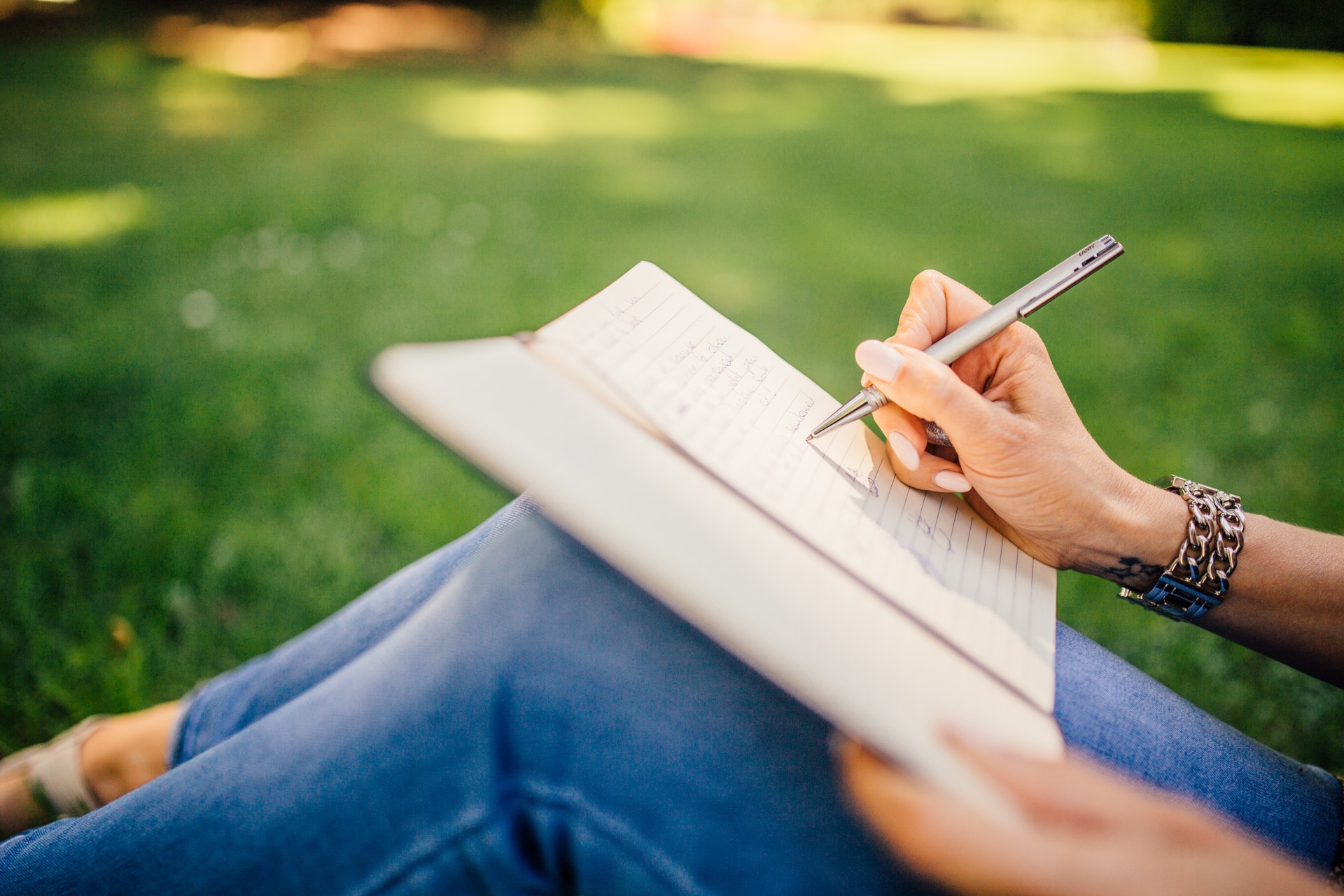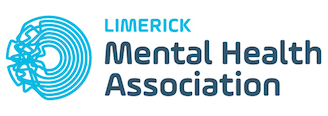
“The more grateful I am, the more beauty I see.”
Mary Davis
It’s easy to get caught up in the negative aspects of the world around us; even if a hundred good things happened to us throughout the course of the day, some of us are guilty of focusing on that one thing that went wrong. However, research has shown that simply flipping this mindset to not only focus on the positives in life, but to be thankful for those experiences, has enormous benefits for our wellbeing.
Practicing gratitude is a means of expressing thankfulness and appreciation for what you have been given in life. It is a way of appreciating life not only as it is but seeing the beauty in the world around you; a ‘stop to smell the roses’ mentality. From appreciating that friend who made you laugh when you were feeling down to being thankful for a cloudless day, there’s a lot in the world around us that is worth our gratitude, all we need to do is slow down enough to notice it.
Benefits
Incorporating gratitude into our lives has enormous benefits. Research has not only shown that expressing gratitude is linked with greater well-being and happiness, but this practice can also improve relationships, physical well-being, self-esteem, and energy levels, to name but a few. These benefits to our overall well-being apply to everyone, regardless of whether you are struggling with your mental health or not. Even better, studies have found that practicing gratitude for just two weeks has a lasting effect of up to six months!
Sounds Great, How Do I Get Started?
Getting started is as simple as taking out a pen and paper (or downloading an app, whatever you prefer) and recording experiences in your life for which you are grateful. Most experts recommend three to five positive experiences a day, but even just one moment a day is a great way to get started on this journey and develop the habit. Just remember to be consistent – the benefits are more likely when this becomes a regular practice in your life.
Apps such as Presently, Gratitude, and Bliss are great to help you begin your gratitude journey, but of course, the simple, traditional journal is always an option. There are also a myriad of gratitude journals, templates, and prompts available online to help you out.
“Gratitude turns what we have into enough.”
Anonymous
My experience
For some people, appreciating and acknowledging the small blessings in life is a natural response, but for me, and many others, I imagine, this process is not so automatic. Which is why on January 28th 2021, I started my own gratitude journey. On a whim, I downloaded the app Presently to record my positive experiences, and now, over two months later, I’m still practicing! As someone who has tried gratitude journals many times over the years, this is the longest streak I’ve had so far. Perhaps this is because I’ve settled on only one moment of gratitude a day or because the daily notification from the app doesn’t allow my forgetfulness to get in the way; whatever it is, I’m grateful that I’ve built this habit into my life.
I’ve found that since I’ve started this process, I have a more positive outlook on the world around me. I even hear myself saying the words “I’m grateful for…” or “I’m thankful for..” casually in conversation. And it’s refreshing, especially as it’s so easy to fall down the gloom and doom hole these days. I find even if I am having a subjectively bad day, I can still always find at least one thing that I experienced that day that I am grateful for. It’s a little reminder to myself that “yes, this kind of sucks, but, hey, it wasn’t all bad was it?” It reminds me that there’s still good in the world, from the beautiful sunset to the stranger who smiled at me on my walk, I just have to take a moment to search for it.
Written by Nicole Russell, a volunteer with the Limerick Mental Health Association and psychology graduate of the University of Limerick.
